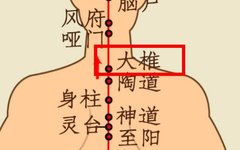
Cupping therapy is effective for conditions caused by wind, cold, dampness leading to bi syndrome, lower back, shoulder, arm, and leg pain, soft tissue sprains and strains, colds, headaches, coughs, asthma, abdominal pain, dysmenorrhea, and more. If you wish to use cupping for health maintenance and to nourish the body and mind, the following four acupuncture points are highly beneficial.
Locations for Cupping
1
Da Zhui (Dazhui Point)
【Location】 On the posterior midline, in the depression below the spinous process of the seventh cervical vertebra.
【Indications】 Febrile diseases, malaria, cough, asthma, bone steaming, neck stiffness, convulsions in children, epilepsy, fatigue from overwork, heat stroke with vomiting, cholera, rubella, etc.
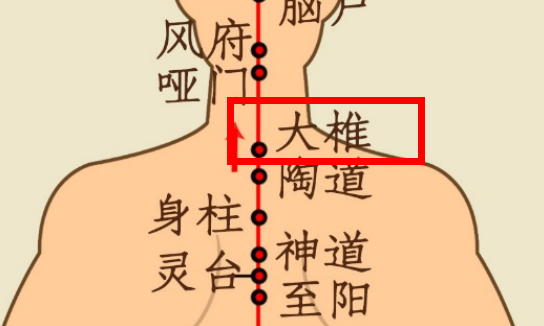
2
Pi Yu (Pishu Point)
【Location】 Below the spinous process of the eleventh thoracic vertebra, 1.5 inches lateral.
【Indications】 Local back pain and spleen-stomach disorders: abdominal distension, diarrhea, dysentery, vomiting, and edema.
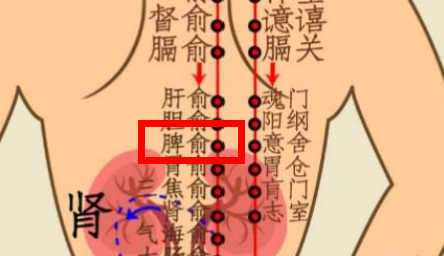
3
Ming Men (Mingmen Point)
【Location】 On the posterior midline, in the depression below the spinous process of the second lumbar vertebra.
【Indications】 Kidney deficiency-related lower back pain, enuresis, diarrhea, nocturnal emissions, impotence, premature ejaculation; leukorrhea, menstrual irregularities, recurrent miscarriage; inability to sweat, cold-heat malaria; renal insufficiency, etc.
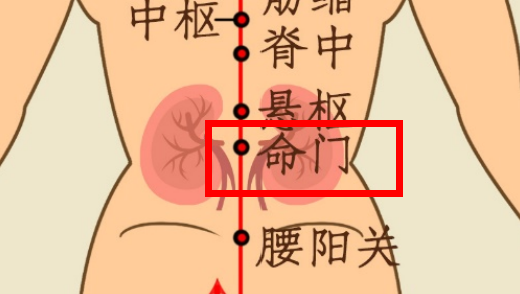
4
Wei Zhong (Weizhong Point)
【Location】 At the center of the transverse crease of the popliteal fossa.
【Indications】 Lower back pain, lower limb weakness, abdominal pain, acute vomiting and diarrhea related to spleen-stomach disorders; urinary difficulties, enuresis, and other kidney-related conditions.
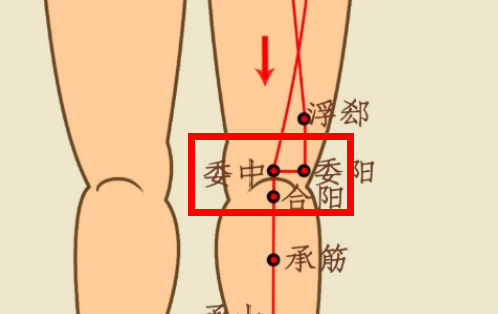
Three Common Misconceptions about Cupping
“
Misconception 1: The stronger the suction and the longer the cupping duration, the better
Prolonged cupping can lead to small blisters forming under the cups, which may mislead one to think that a large amount of dampness has been drawn out. However, these blisters can be painful and may lead to infection if ruptured, so this should be avoided.
“
Misconception 2: The darker the cup marks, the better the effect
When cupping on areas suffering from chronic pain, such as the neck, shoulders, and back, the resulting cup marks may be darker, indicating possible blood stasis or poor circulation. If the marks are red, it may indicate heat in the body. Dark red marks may suggest insufficient blood supply. It is normal for the cupped area to appear red or purple after cupping, and these marks typically resolve within a week. Therefore, while the color of the cup marks can indicate the progress of the condition, one should not increase suction strength or duration solely to achieve darker marks.
“
Misconception 3: Repeated cupping on the same area yields better results
The acupuncture points in the body are interconnected through meridians. As long as the cupping is performed along the meridian pathways, it is effective. There is no need to repeatedly cup the same area within a week; instead, find another point along the meridian for cupping, which will also be effective. Additionally, it is generally not recommended to perform cupping more than three times a week.
Precautions for Cupping
01
Individuals with skin allergies, skin lesions, intoxication, etc., should avoid cupping.
02
People with lung diseases, women during menstruation, pregnant women, those with weak constitutions, patients with osteoporosis, heart disease, blood disorders, children under six, and elderly individuals over seventy should avoid cupping.
03
Do not cup when overly full or hungry.
04
Ensure proper hygiene; the cupping area and tools must be disinfected beforehand.
05
Do not bathe within two hours after cupping, avoid cold foods for three hours, and do not expose oneself to wind for five to six hours.
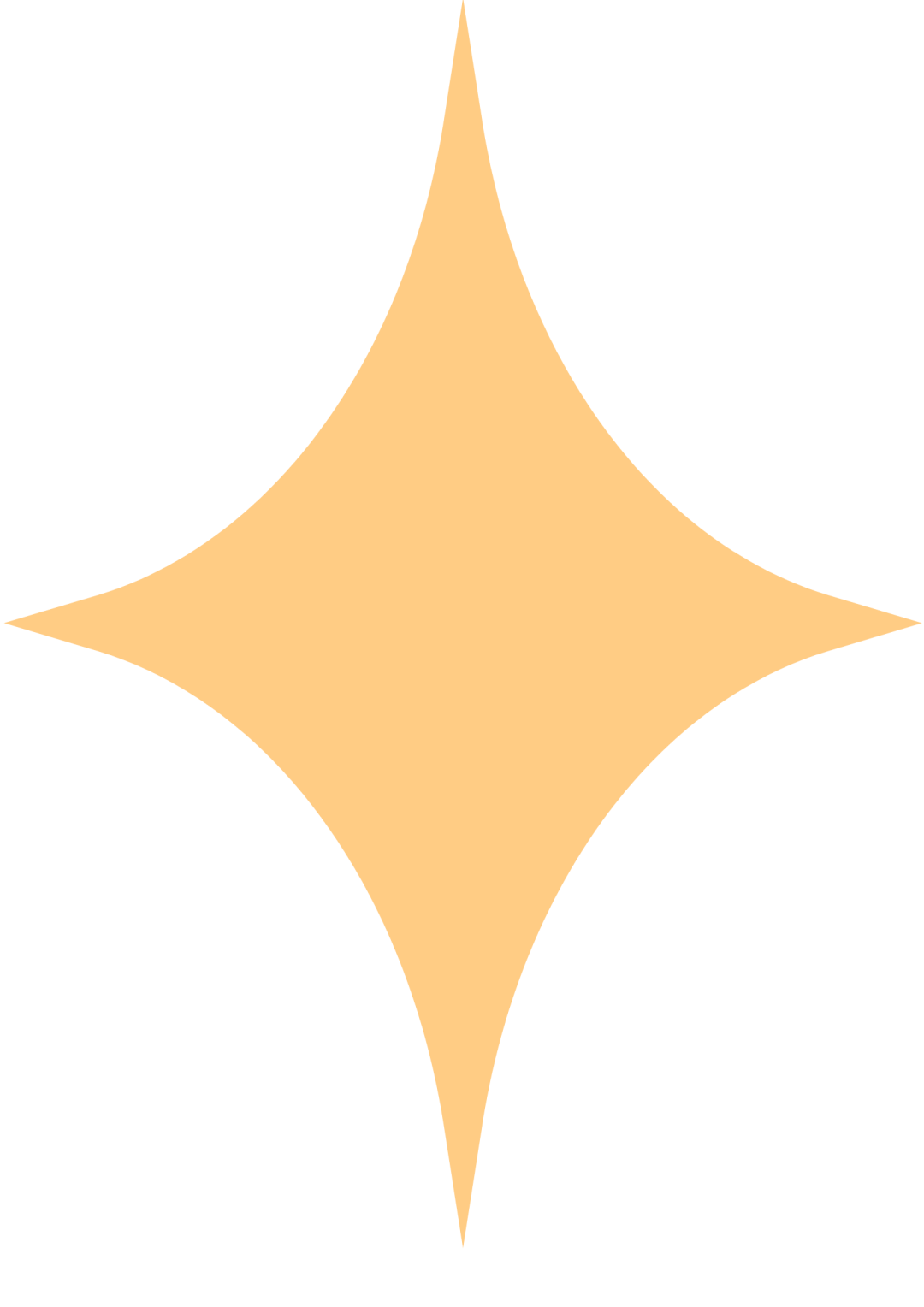
Do you understand the functions, types, methods of cupping and the cupping locations? After clearing up misconceptions and understanding the contraindications, take advantage of the health maintenance season of autumn and try cupping therapy!


Editor: Shen Shen
Reviewer: Shi Ceming
Text: Gao Qiantai (Intern)
Layout: Di Luying (Intern)

